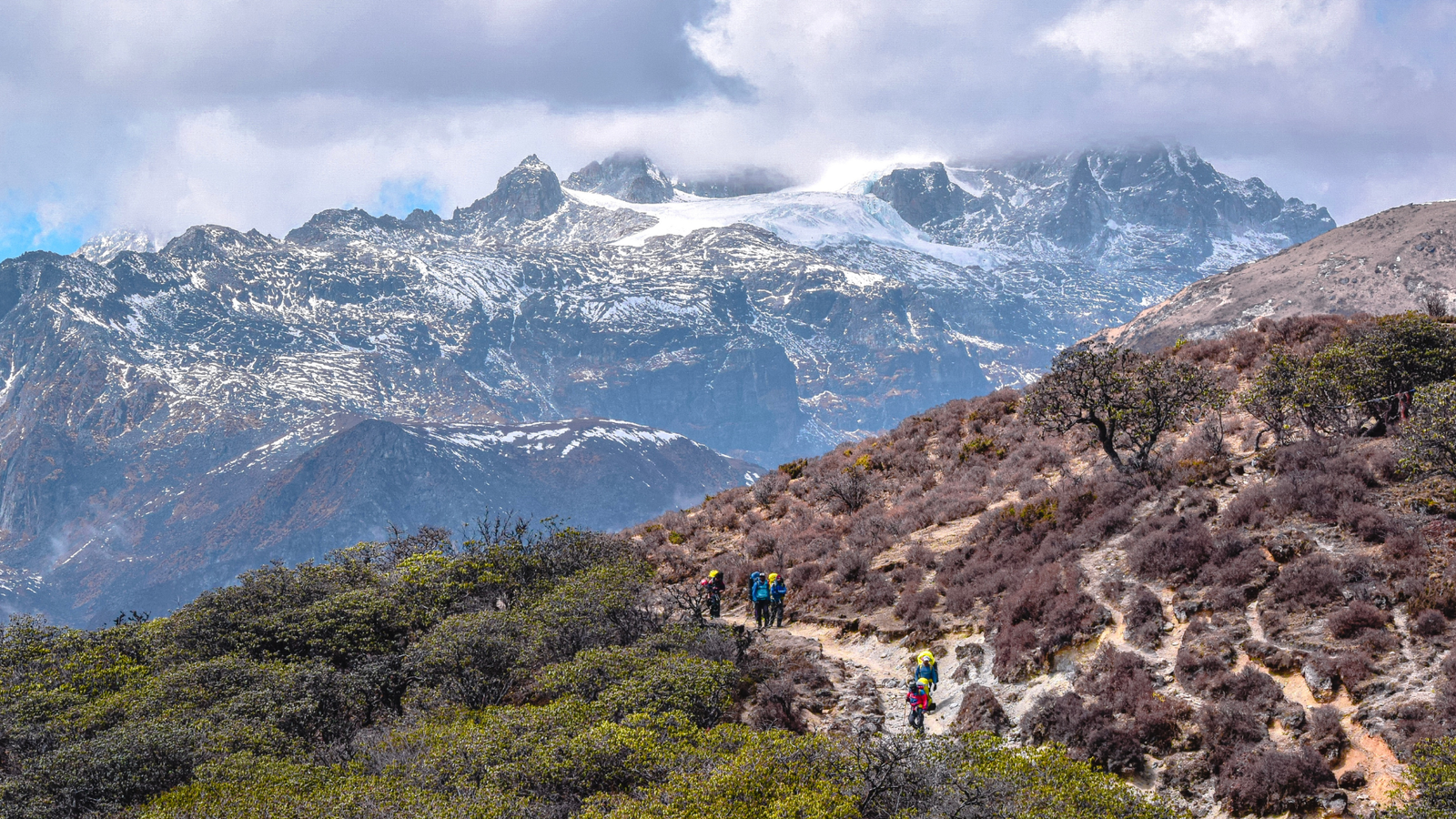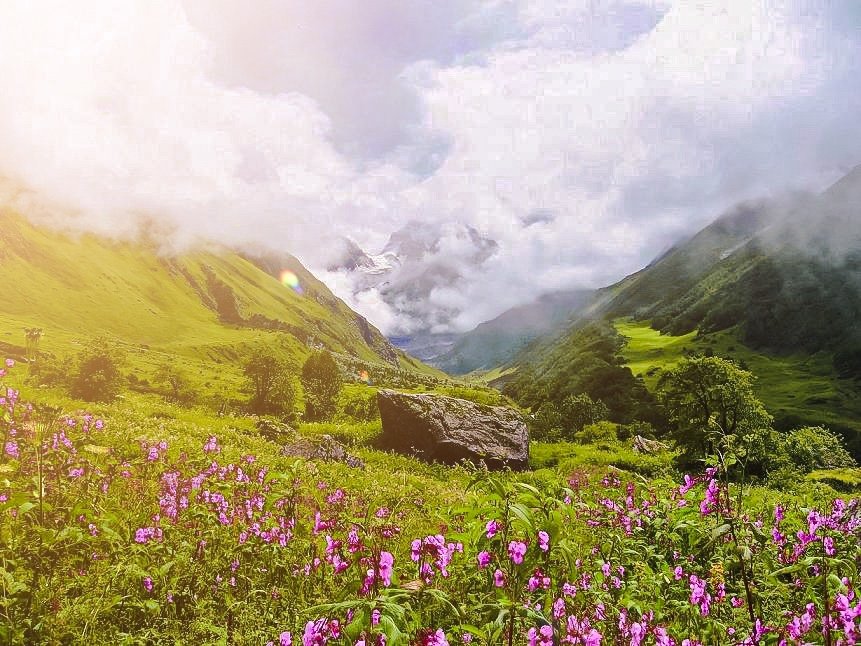The Ultimate Guide to Trekking: Dos and Don’ts for a Safe and Enjoyable Adventure
Trekking is an exhilarating way to connect with nature, explore the wilderness, and challenge your physical limits. Whether you’re an experienced hiker or a first-time trekker, it’s important to be well-prepared and informed about the best practices on the trail. Here’s a detailed guide on the dos and don’ts of trekking, ensuring that your adventure is both safe and enjoyable.

Dos of Trekking
1. Do Plan Your Trek Carefully
Before hitting the trail, thorough planning is essential. Research your destination, the trail difficulty, weather conditions, altitude levels, and potential hazards. Check for any required permits, and ensure that your trekking route is suitable for your fitness level and experience.
2. Do Pack Light, but Smart
It’s tempting to pack everything you might think you’ll need, but overloading your backpack can make the trek harder and less enjoyable. Pack the essentials: water, snacks, a first aid kit, a map, sunscreen, a flashlight, and a rain jacket. Opt for lightweight, moisture-wicking clothes and good-quality trekking boots.
3. Do Hydrate Frequently
Hydration is crucial during a trek. The higher the altitude, the more susceptible you are to dehydration, even if you don’t feel thirsty. Make sure to drink water regularly throughout the day, even when you’re not thirsty. Carry enough water and always have a backup plan for refills.
4. Do Wear Proper Footwear
Comfortable and durable trekking boots or shoes are an absolute must. Make sure they fit properly and have been broken in before your trek. A good pair of boots will provide support and help prevent blisters, ankle sprains, and other foot-related injuries.
5. Do Respect Nature and Leave No Trace
One of the most important aspects of trekking is preserving the environment. Stick to marked trails, avoid disturbing wildlife, and carry all your trash back with you. Follow the Leave No Trace principles to minimize your impact on nature.
6. Do Pace Yourself
Trekking is not a race. Listen to your body and adjust your pace accordingly. Take regular breaks, especially if you’re ascending steep terrain or trekking at high altitudes. Gradually acclimatize yourself to the altitude to avoid altitude sickness.
7. Do Dress in Layers
Weather conditions in the mountains can change rapidly. Dressing in layers allows you to regulate your body temperature by adding or removing clothing as needed. A moisture-wicking base layer, an insulating mid-layer, and a waterproof outer layer are essential for staying comfortable.
8. Do Know Your Limits
Understand your physical and mental limits. If you’re feeling fatigued or unwell, it’s okay to turn back. Pushing through pain or exhaustion can lead to accidents or worse. Remember that it’s better to finish your trek safely and responsibly than to push beyond your capabilities.
Don’ts of Trekking
1. Don’t Underestimate the Weather
Never assume that the weather will be predictable. Even if the forecast is clear, mountain weather can be unpredictable and harsh. Don’t venture out without checking the weather conditions and being prepared for sudden changes, such as rain, fog, or snowstorms.
2. Don’t Trek Alone
Trekking solo might sound appealing for self-reflection, but it’s always safer to trek with a group or at least with a trusted companion. If something goes wrong, having someone by your side can make all the difference in getting help or support.
3. Don’t Overexert Yourself
Trying to rush through the trek or challenging yourself to achieve unrealistic goals can lead to exhaustion and injuries. If you’re not used to high altitudes, it’s important to give your body time to acclimate. Avoid pushing too hard on the first day of your trek.
4. Don’t Ignore Local Regulations and Guidelines
Always adhere to the rules and guidelines set by the local authorities or national parks. These are in place for your safety and to protect the environment. Respect any restrictions on camping, campfires, and trekking routes.
5. Don’t Forget to Carry a First Aid Kit
Accidents can happen anytime, especially in remote areas. A first aid kit should include essentials like bandages, antiseptic wipes, painkillers, blister treatment, and any personal medications you may need. Don’t wait until an injury occurs to realize you don’t have proper medical supplies.
6. Don’t Litter the Trail
This is perhaps the most significant “don’t.” Avoid leaving trash behind, no matter how small. Even cigarette butts or food wrappers can negatively impact the environment. Pack out everything you bring in, and if you see litter on the trail, help clean it up.
7. Don’t Overload Your Backpack
Carrying too much weight can make your trek unnecessarily difficult. Only pack what you truly need. Overloading yourself can cause back pain, fatigue, and unnecessary strain. Keep it light, but don’t sacrifice essentials like food, water, and safety gear.
8. Don’t Be Complacent About Wildlife
While trekking through natural habitats, you might encounter wildlife. It’s important to respect the animals’ space and avoid feeding them. Do not approach wild animals, and store food securely to prevent attracting animals to your camp.




0 Comment